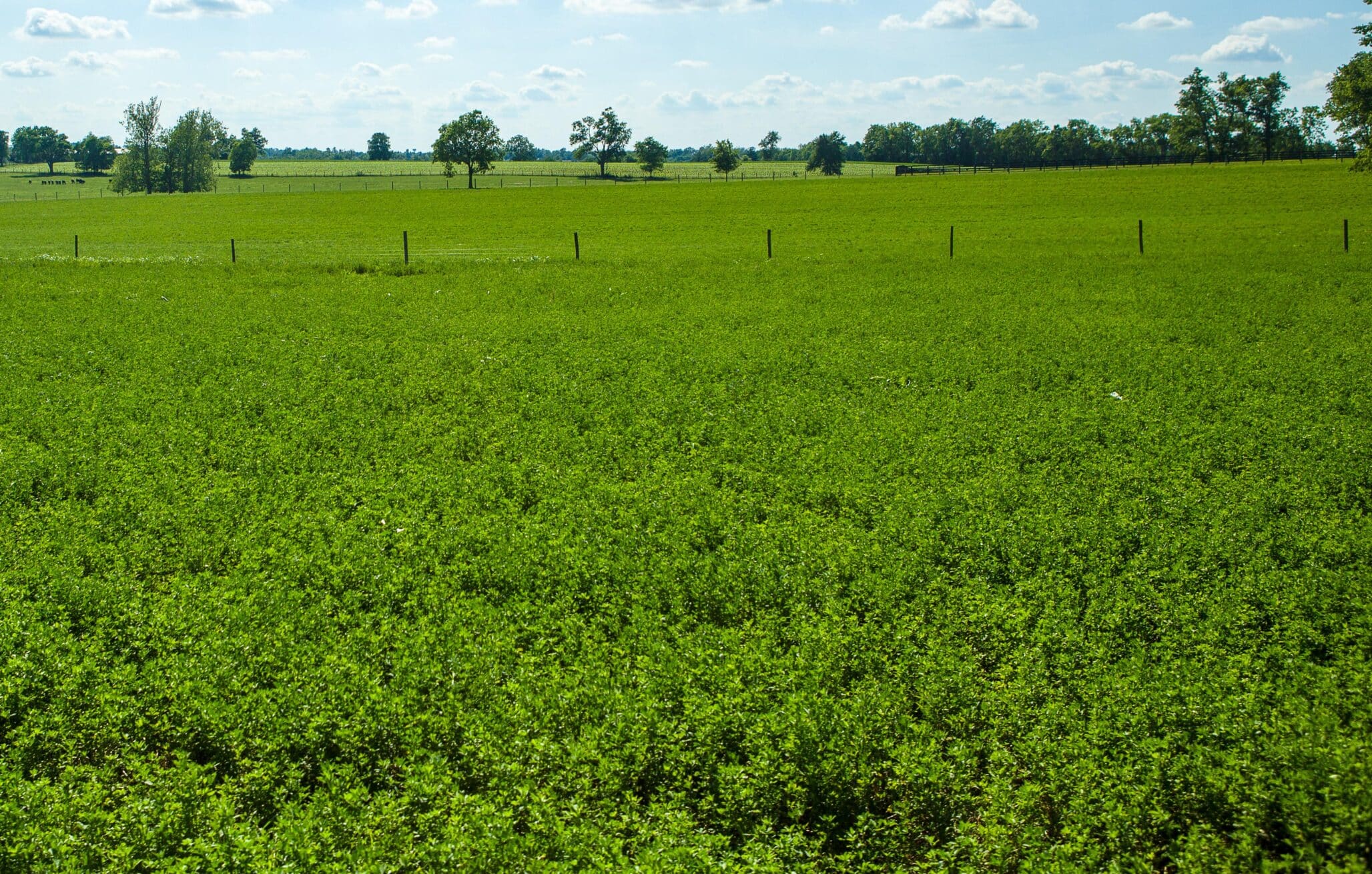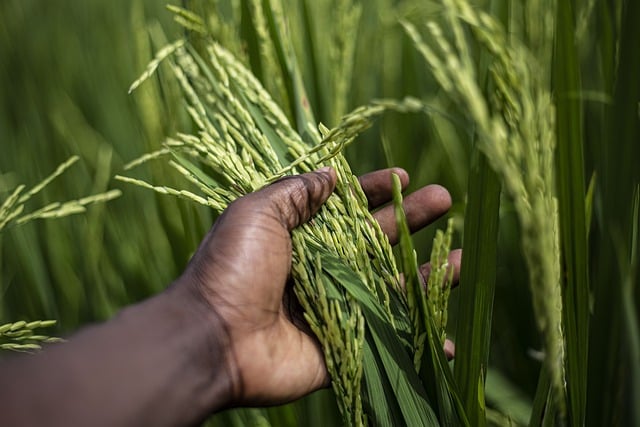Genetic mapping research suggests legumes and bacteria have adapted to prefer specific partners.
Researchers from the University of Kentucky’s Martin-Gatton College of Agriculture, Food and Environment, as part of an international team, have discovered a genetic mechanism that explains how legumes choose specific bacteria to form nitrogen-fixing root nodules. A recent news release details the findings.
Legumes, which include plants like alfalfa, clovers, beans and peas, play a vital role in converting atmospheric nitrogen into a fixed form, providing an essential building block for proteins needed by plants and animals.
Bacteria are central to this nitrogen conversion process. Over time, legumes have evolved genetic tools to select specific bacterial strains as partners, but the exact process was not fully understood. By examining this symbiotic relationship, the research aims to promote more sustainable and environmentally friendly agricultural practices.
The study, led by the UK Department of Plant and Soil Science (PSS), focuses on two related bacterial species: Sinorhizobium meliloti and Sinorhizobium medicae, known for their relationships with Medicago legumes. The research, titled “Species-specific microsymbiont discrimination mediated by a Medicago receptor kinase,” was published in Science Advances.
“Learning how legumes and bacteria have adapted to prefer specific partners is crucial to understanding how they work together,” co-corresponding author and PSS professor Hongyan Zhu said in the release. “Our research identifies a specific gene in the Medicago plants that plays a pivotal role in discriminating between these two strains of bacteria.”
Using genetic mapping and functional analyses, the researchers identified this gene on chromosome 8 of Medicago. The gene encodes a receptor-like kinase known as NS2, which acts as a genetic filter, preventing most strains of S. medicae from infecting certain Medicago species.
The team employed techniques like genetic crosses, genome sequencing, and CRISPR/Cas9 gene editing to confirm NS2’s role in blocking S. medicae infection in Medicago roots. They also discovered a bacterial gene, rns2, which is crucial for triggering the NS2-mediated nodulation restriction.
This research highlights the complex genetic interactions between plants and bacteria that shape their symbiotic relationships. It is essential for advancing future studies into plant-microbe interactions and evolutionary changes.
“These findings could help develop new farming techniques to improve how legumes naturally add nitrogen to the soil,” Zhu said. “By learning how legumes and bacteria work together, we might be able to apply this process to other crops, leading to more sustainable and eco-friendly farming practices.”
The study was a collaborative effort involving researchers from UK Martin-Gatton CAFE, the HUN-REN Biological Research Centre in Hungary, Cornell University, and the U.S. Department of Agriculture.












